TikTok Shop Raises Seller Fees Across Europe as Platform Pushes for ‘Content-Driven Commerce’ Expansion
Reading Time: 3 minutesTikTok Shop is raising its sales commission for merchants across five active…
The combined comScore and USPS study last year found that customers still prefer marketplaces when they start their purchasing journey. 97% of those who shop online first browse products on marketplaces, clearly stating the credibility the marketplaces have built with their respective audiences so selling on marketplaces is an avenue hard to overlook.
Also, there are several reports which incline the discussion towards selling on marketplaces, one study by State of the Inbound Report which states that 63% of online marketers still find attracting relevant traffic to their website the biggest hurdle. So clearly there is problem devising a long-term sales strategy that brings relevant traffic.
So in these circumstances, the seller who lack online marketplace expertise, can take online marketplaces route till they figure out strategies can bring leads to their website.
Following info-graphics depicts the popular products, commission rates, and the countries where these marketplaces have established their strong presence. Let’s take a look at that:
Not only that these marketplaces are gathering point for your ideal customers, they benefit you in a way that weeds out all of the uncertainties and help you earn customers which you can’t get else where.
A June 2017 report by Forrestor also directs in this direction, it predicts Cross Border sales to reach $627 billion value till 2022, and its finding resonates with my agenda as well, the reasons are:
1. Marketplaces are driving cross-border sales. Amazon and eBay are two of the most popular marketplaces for shopping cross-border, especially in North America and Europe. Cross-border sales now account for nearly 25% of third-party units sold on Amazon.
2. China is reshaping cross-border commerce in North America. The rise of eCommerce in China, which is now larger than the markets of North America and Western Europe combined, will force cross-border retailers and logistics providers to adjust to a rapid change in global online sales.
3. Increased cross-border selling is cultivating more cross-border services. Cross-border eCommerce is driving the creation of new services that protect retailers from the expense of returns, extend and simplify payment services, create local eCommerce ecosystems, and reduce the overall cost of eCommerce logistics.
1. Seamless payment processes:
Choice of payment processes differs from region to region. The developed world prefers Paypal whereas Asians generally don’t. Chinese use Alipay and Wechat and Indian prefers COD. However, it is credit card are the most popular method of payment across the world.
It is here marketplaces provide great assistance to online merchants. They can choose generally from larger payment methods available. These marketplaces have partnerships with leading payment gateways, also it results in lower transaction fee.
2. Established Fulfillment network:
Like payment systems people across geographies have different tastes for their preferred fulfilment method. The U.S customers want direct delivery to their doorsteps whereas French also expects the same but with some collection points. Therefore it adds to the complexity to the operations and adds constant innovations to that, therefore relying on 3P fulfilment partner or, adhering to marketplaces’ fulfilment service should be followed.
3. Localized Listings:
People are more comfortable in their native language and technologies are also embracing these. Listing on marketplaces also gives you an edge here. You can easily localize your marketing and merchandise strategy. It is easy to translate the product information and create a copy that resonates with buyer aspirations.
4. Deep Insights:
Marketplaces have analytical tools and have deep insights on what matters the most, what makes users to hit “Add to Cart”, what are their preferences which of the products can a hit and which potential disaster. Leveraging their intelligence and insights sellers can reach to the complete new buyers which otherwise would have been completely inaccessible.
The Conclusion:
Since the world is moving towards e-commerce, it is only prudent time to give your products a platform which can truly judge the potential of its utility on the global scale. No wonder some of the unexpected ones can do the wonder for you. You never know!
More from CedCommerce:

Reading Time: 3 minutesTikTok Shop is raising its sales commission for merchants across five active…

Reading Time: 11 minutesBy now you have seen your BFCM 2025 numbers. The harder question…
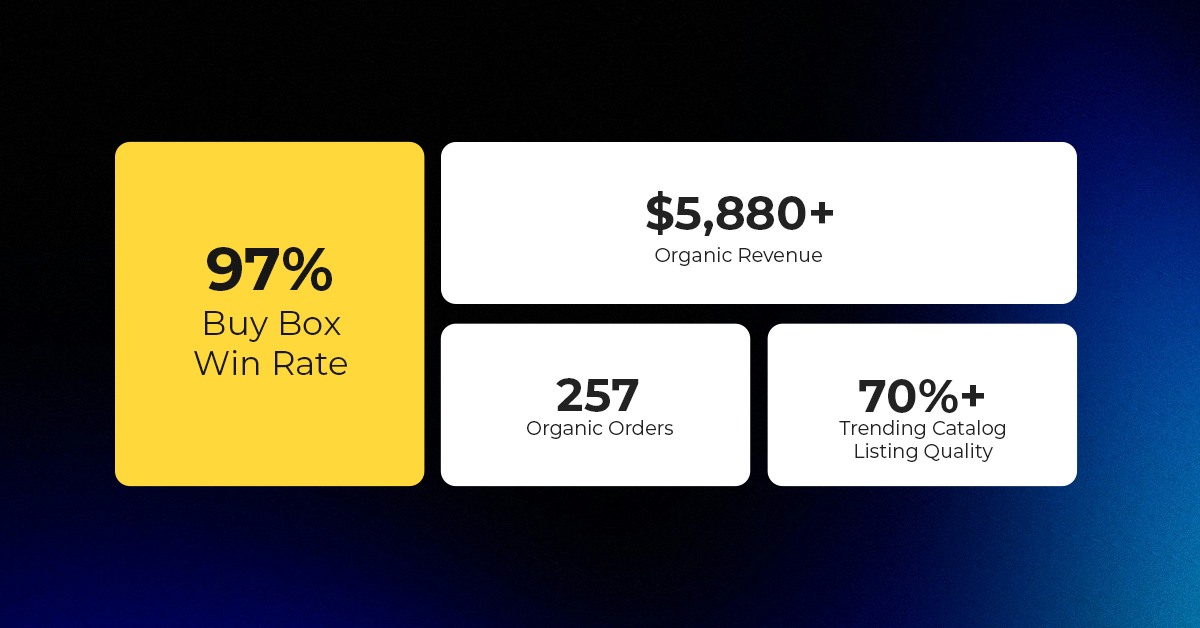
Reading Time: 3 minutesAbout the Brand Name: Vanity Slabs Inc Industry: Trading Slabs- Vanity Slabs…
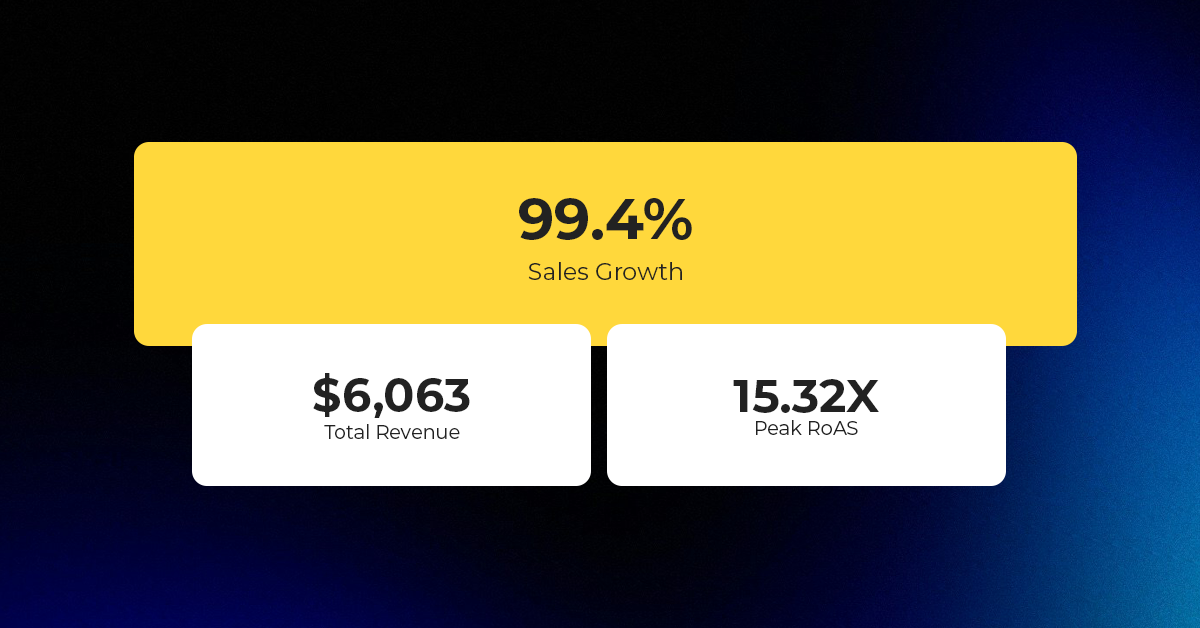
Reading Time: 2 minutesAbout the Brand Name: Ramjet.com Industry: Automotive Parts & Accessories Location: United…

Reading Time: 2 minutesAmazon is rolling out strategic referral fee reductions across five major European…
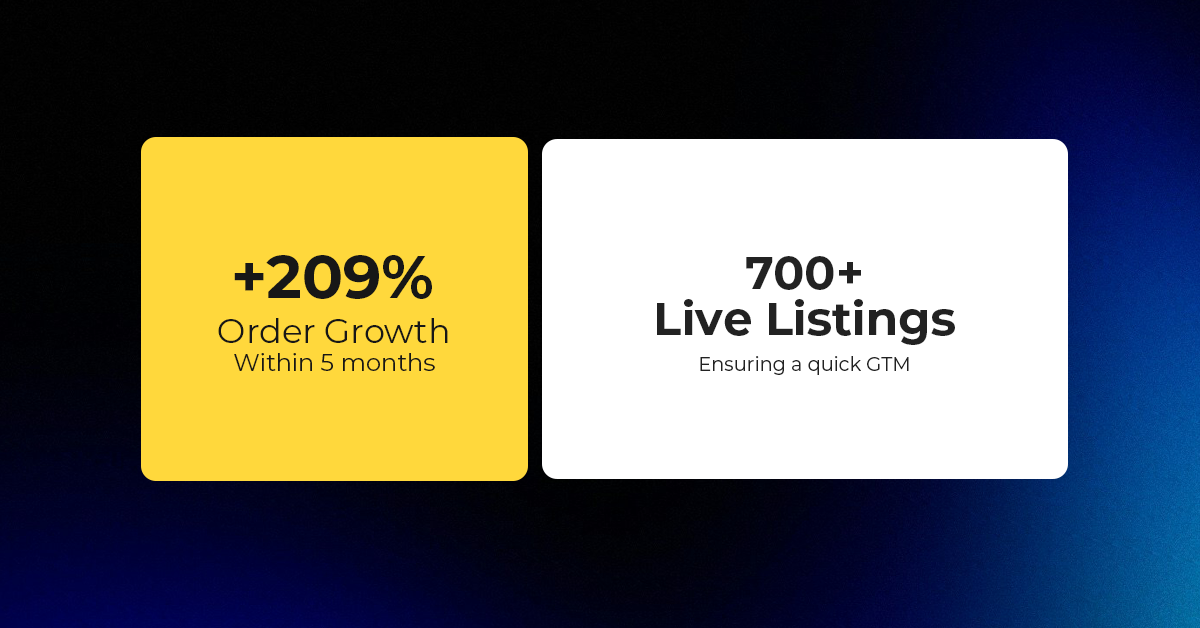
Reading Time: 4 minutesQuick Summary: Scaling Lifestyle Powersports on eBay with CedCommerce Challenge: Zero marketplace…

Reading Time: 4 minutesTikTok has surpassed 460 million users across Southeast Asia, reinforcing its position…

Reading Time: 3 minuteseBay has released its final seller news update for 2025, with a…

Reading Time: 3 minutesAmazon has clarified its stance regarding speculation around a potential breakup between…
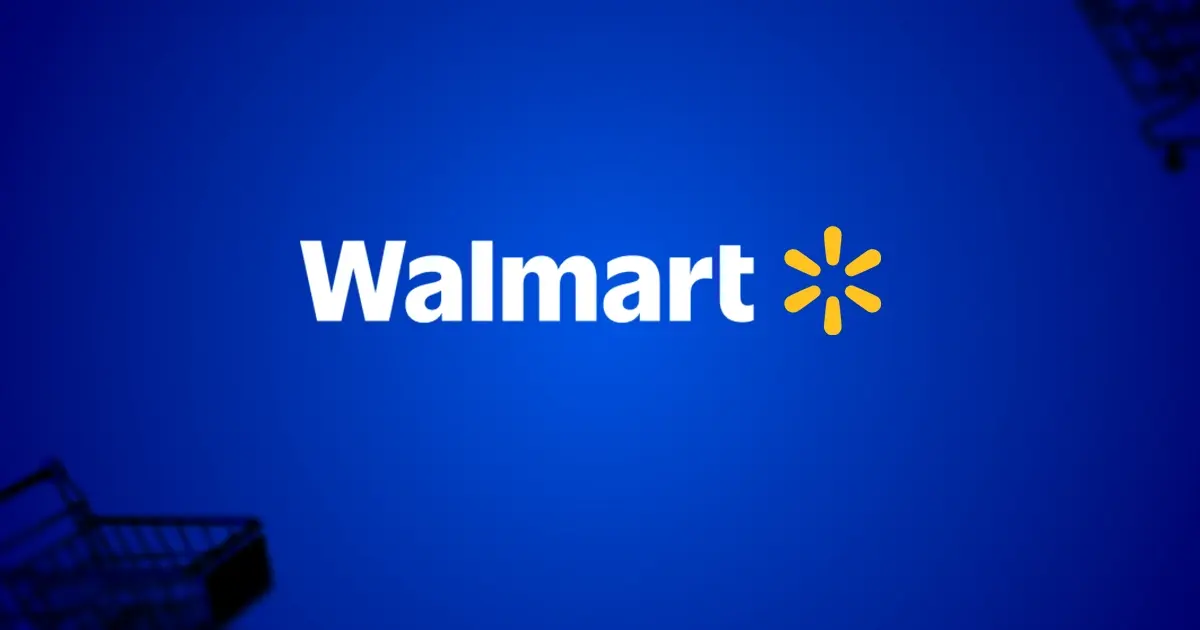
Reading Time: 4 minutesWalmart is accelerating its push into next-generation fulfillment by expanding its drone…

Reading Time: 4 minutesFaire, the fast-growing wholesale marketplace connecting independent retailers with emerging brands, has…

Reading Time: 4 minutesB2B buying in the United States is undergoing a fundamental behavioral shift…
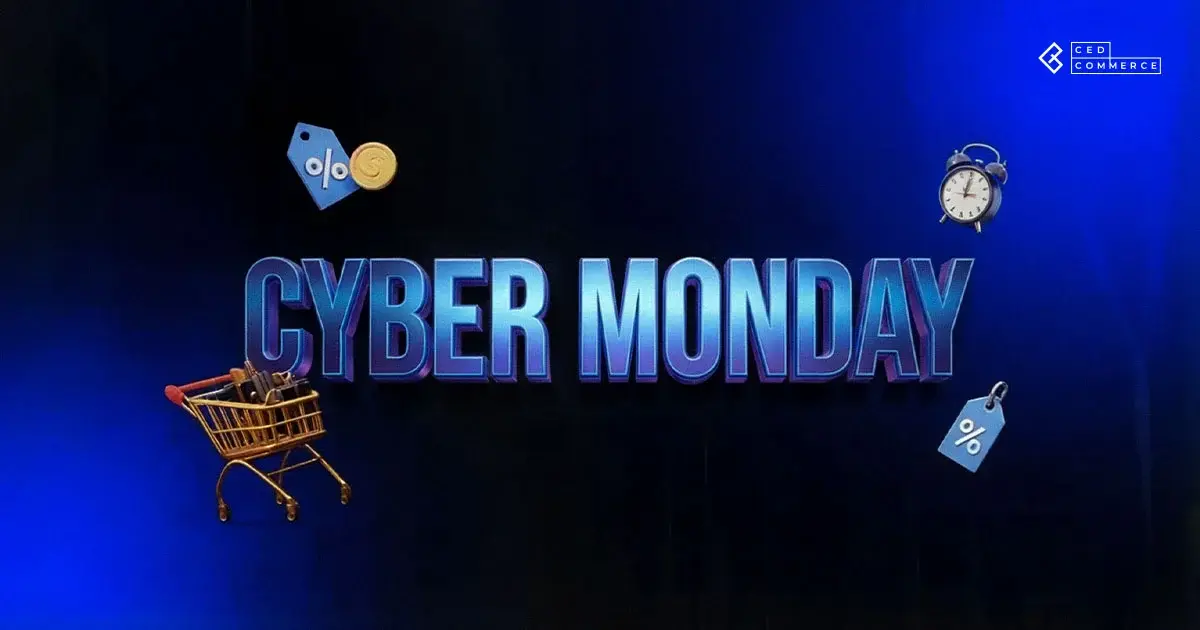
Reading Time: 3 minutesSummary Cyber Monday 2025 has officially become the largest online shopping day…

Reading Time: 2 minutesSummary Amazon kicked off December with two major developments shaping the future…

Reading Time: 2 minutesSummary Walmart has entered December with two major moves that signal a…
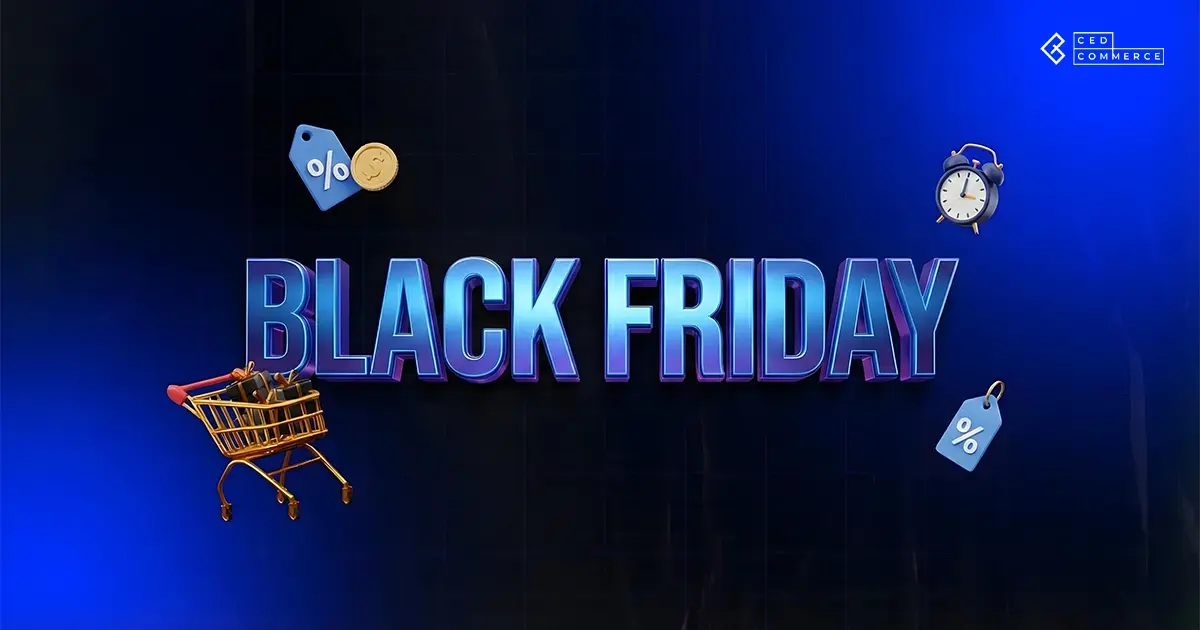
Reading Time: 2 minutesBlack Friday 2025 delivered the strongest U.S. eCommerce performance in history, as…
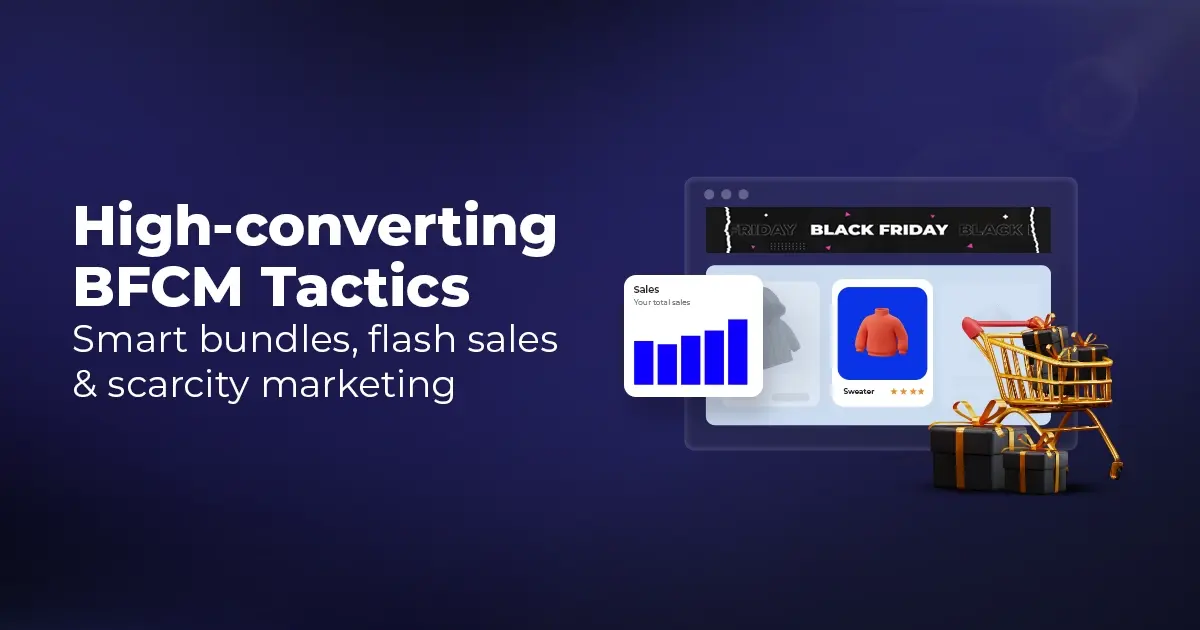
Reading Time: 13 minutesStill approaching BFCM with generic discounts, last-minute price cuts, or scattered promotions?…

Reading Time: 3 minutesTikTok Shop reached a major milestone during its largest U.S. “Global Black…

Reading Time: 4 minutesOpenAI has announced a new AI-powered shopping research tool designed to help…

Reading Time: 9 minutesIf your TikTok Shop listings often sit in review or your visibility…